Karnak
Karnak is a complex of temples at Luxor in Egypt that date from around 2055 BC to around 100 AD.
For the largely uneducated ancient Egyptian population, this could only have been the place of the gods.
It is the largest religious building ever made, covering just over a sq km, and was a place of pilgrimage for nearly 2,000 years.
We visited Egypt in August 1999 during our 14-week around-the-world tour.
A double row of ram sphinxes that line the entrance to Karnak temple at Luxor.
Once this double row extended three and a half kilometres to the Luxor Temple. It must have been an amazing sight.
The statues were sculptured in the form of sphinxes with lions bodies and rams heads, in order to protect the other statues of the King.
Whereas the lions represent the strongest creatures man has ever known, the rams are the epitome of fertility and reproduction.
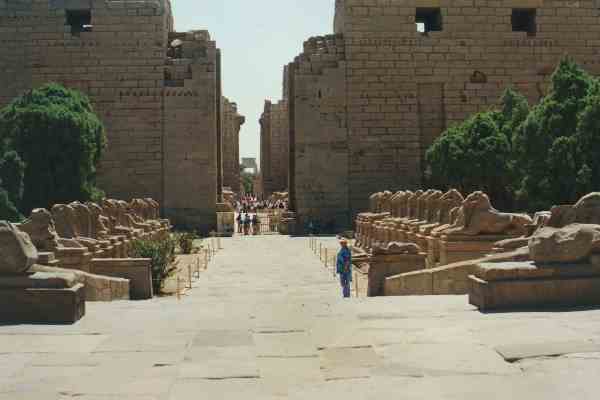
The ram-headed sphinx is a symbol of the god Amon. They protect the pharaoh - shown here between their front paws.
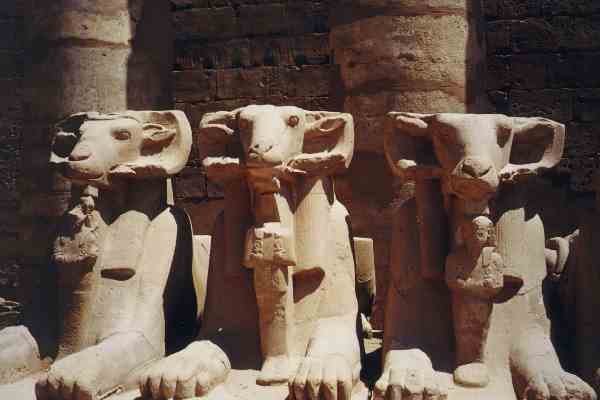
The temple of Karnak was known as Ipet-isut (most select of places) by the ancient Egyptians.
It is a city of temples built over 2000 years and dedicated to the Theben triad of Amon, Mut and Khonsu.
Karnak is still capable of overshadowing many of the wonders of the modern world and in its day must have been awe inspiring.
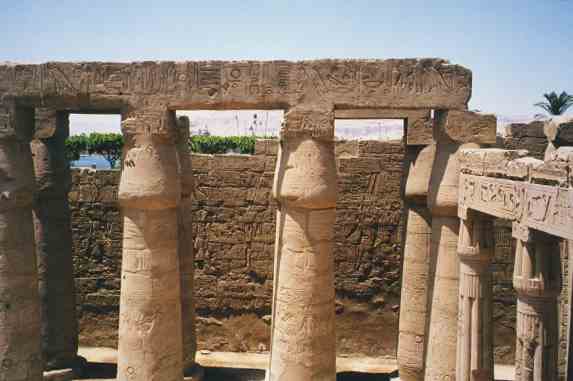
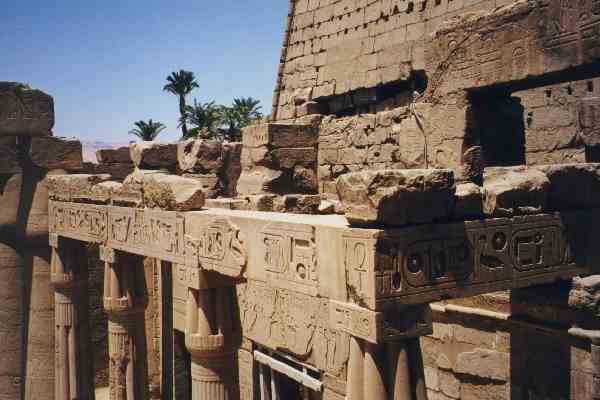
There is still some paint surviving on the under side of the capitals of the Hypostyle Hall.
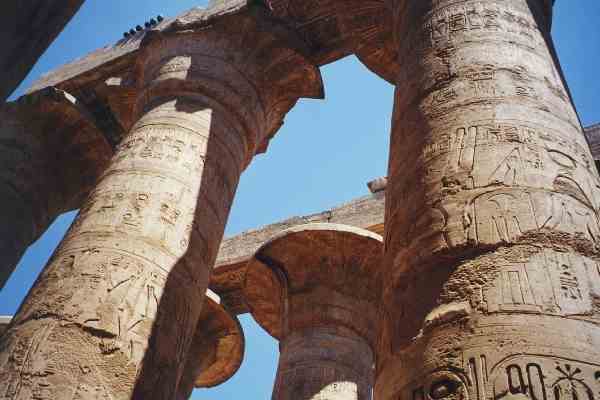
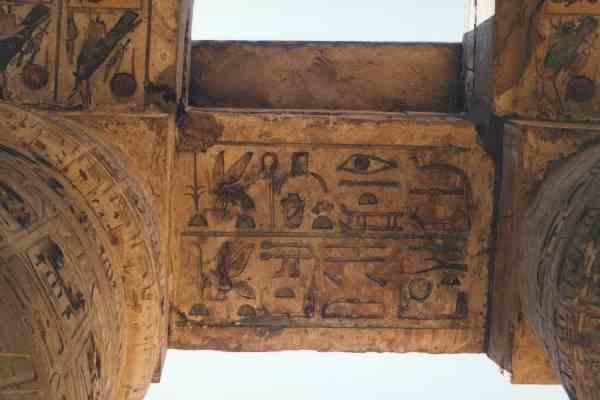
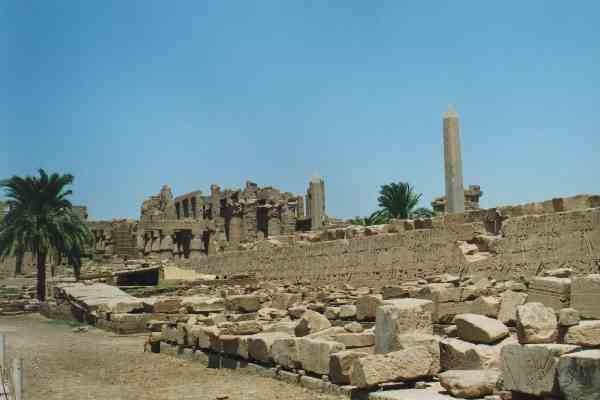
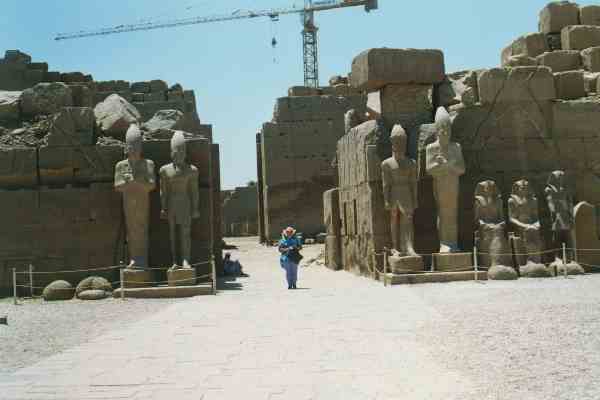
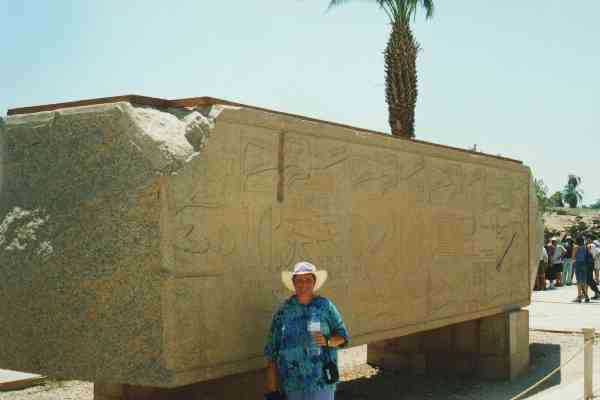
Inside the Hypostyle Hall at the Temple of Karnak.
With its 134 columns it is still the largest room of any religious building in the world.
During the XIXth dynasty it is known that 81,300 people worked in the temple of Amon
if we count not just the priests and guardians but also the workmen and peasants involved.
The hall is 102 metres long by 53 metres wide. Each column is 23 metres high and has a papyrus capital with a circumference of about 15 metres
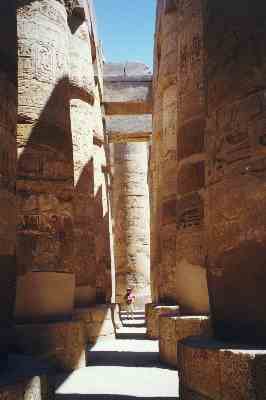
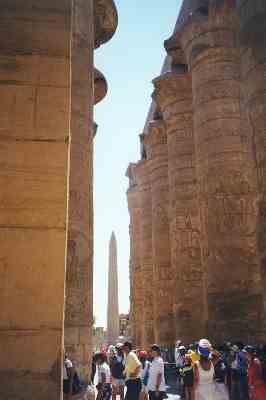
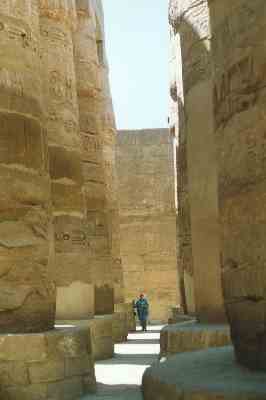
An indication of the height of this temple at Karnak. One of the walls at the main entrance.
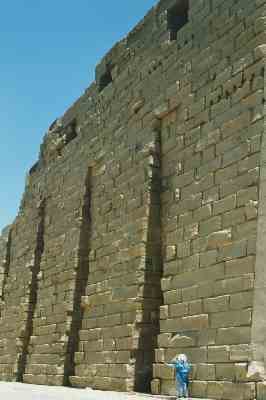
An Australian tourist leaning on one of the columns in the shape of papyrus at the Temple of Karnak
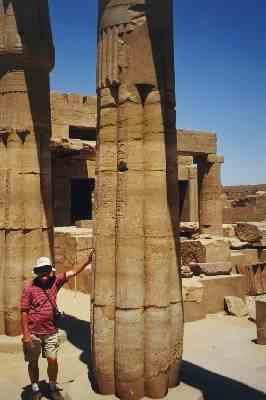
The statue of a pharaoh and his wife.
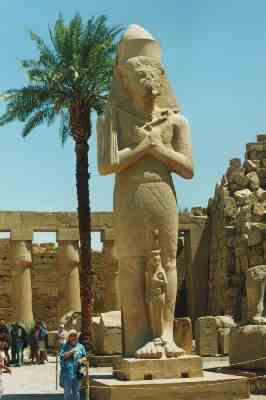

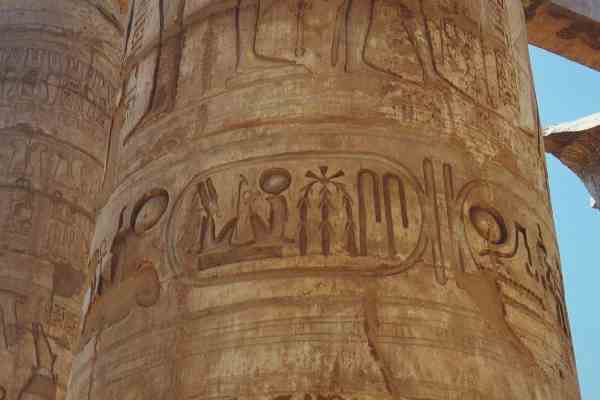
At the western corner of the sacred lake at Karnak is this scarab beetle, representative of the God Khepri.
It is said that if you walk around it 3 times you will return to Egypt.
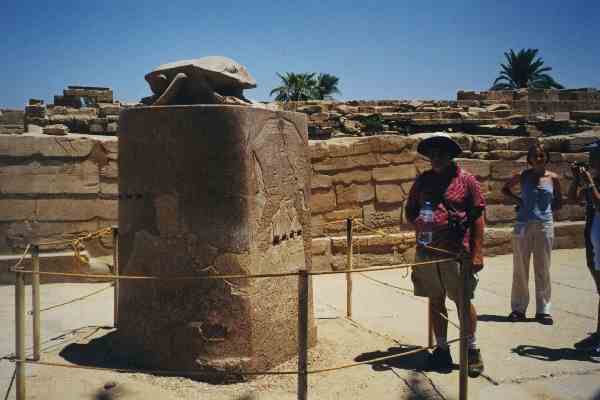
Margaret circled the scarab beetle 3 times to ensure her return to Egypt. (She returned in 2007).
The Egyptians apparently shared the widespread belief that the scarab ensured eternal life.
The scarab beetle lays its eggs in balls of dung and dies.
The new beetles from the eggs come out of the dung.
The Egyptians saw in the life cycle of the beetle a microcosm of the daily rebirth of the sun.
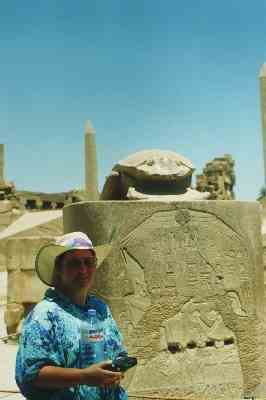
Another view of some of the ram sphinxes that line the entrance to Karnak temple at Luxor.
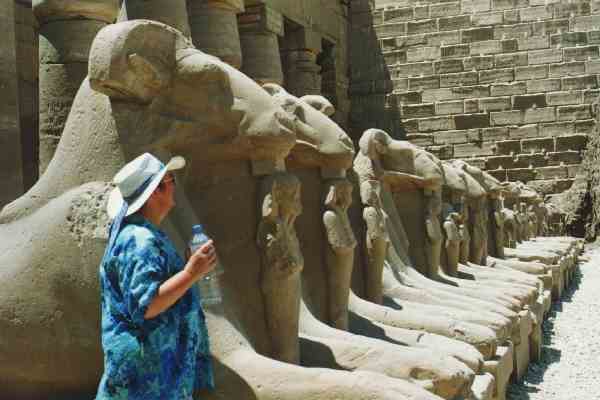
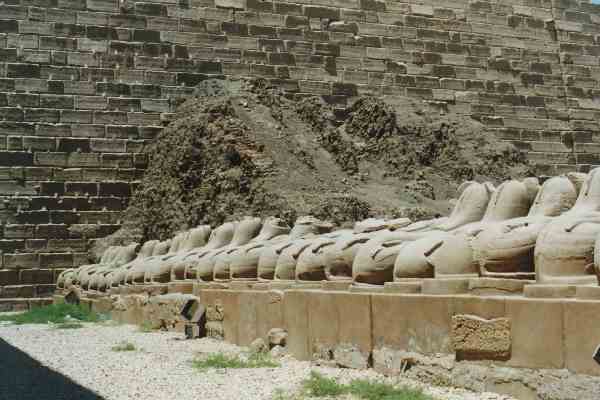
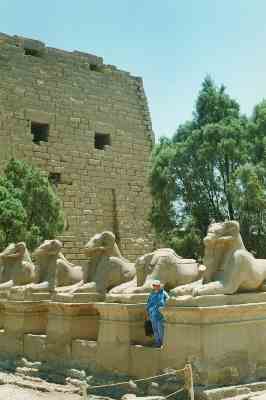
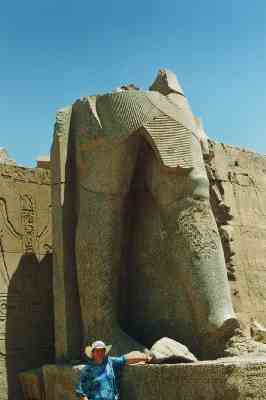
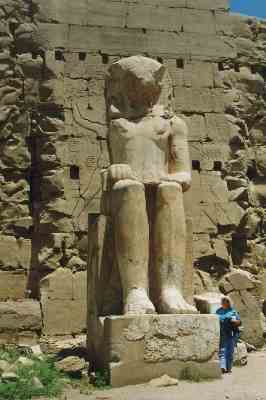
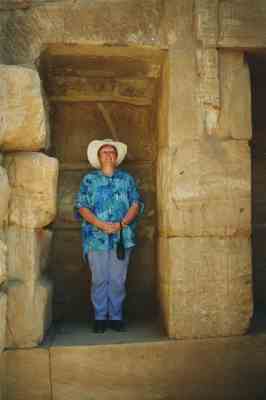
Karnak is the best archaeological site that I have seen. (I rate it better than Angkor Wat, Machu Piccu or Petra).
It is still a magnificent sight today.
Two thousand years ago it would have been mindblowing!!!
An historical artist's thoughts ...

...from the Internet at https://discoveringegypt.com/karnak-temple.
Some Karnak pictures from my 1985 visit as part of my 13-week Bangkok - Hong Kong - Japan - Russia - Europe - Greece - Israel - Egypt - Singapore trip ...
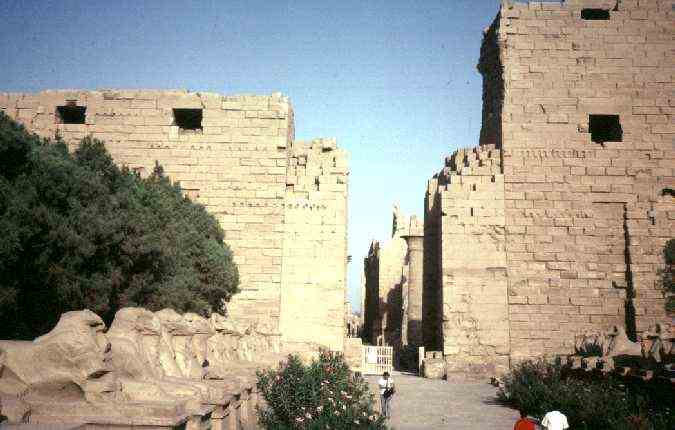
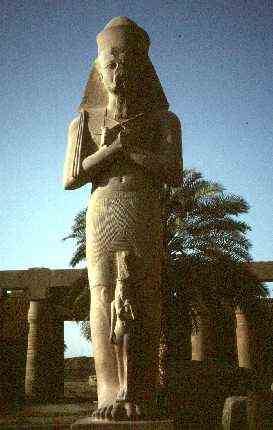
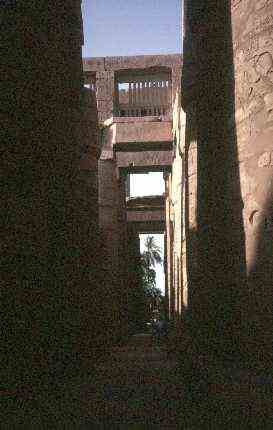
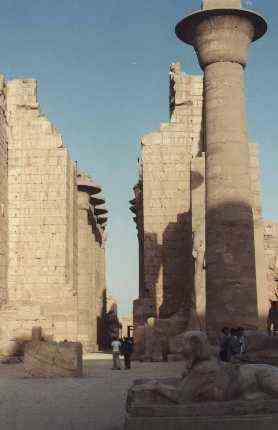
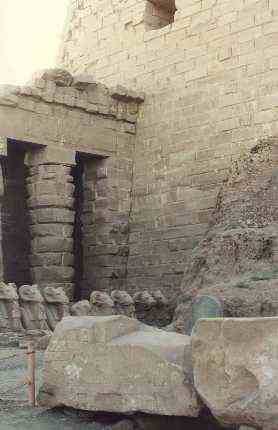
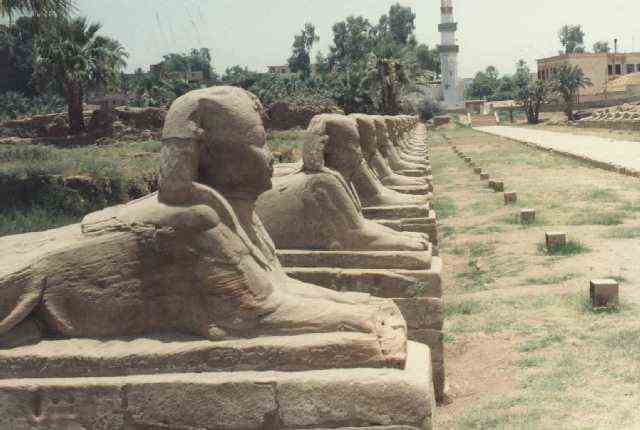
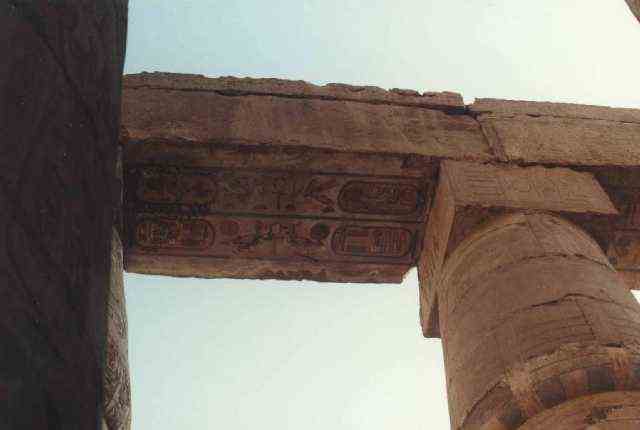
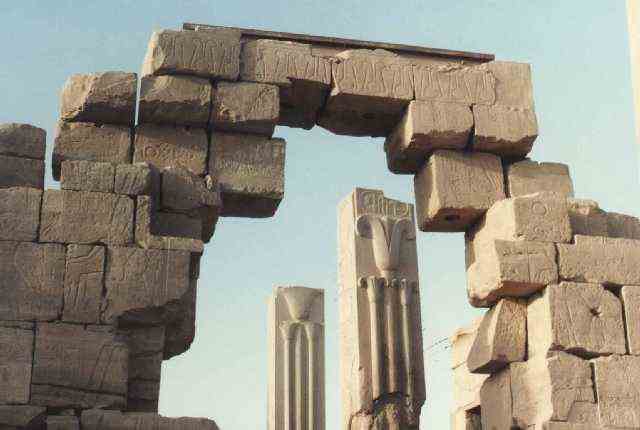
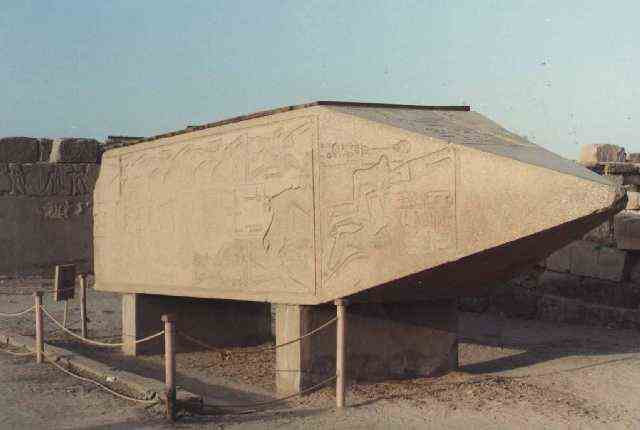

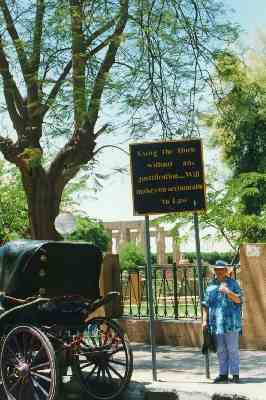
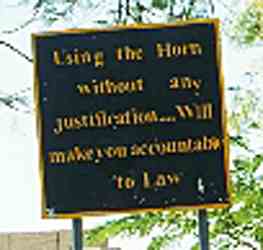
Karnak is a complex of temples at Luxor in Egypt that date from around 2055 BC to around 100 AD.
For the largely uneducated ancient Egyptian population, this could only have been the place of the gods.
It is the largest religious building ever made, covering just over a sq km, and was a place of pilgrimage for nearly 2,000 years.
We visited Egypt in August 1999 during our 14-week around-the-world tour.
A double row of ram sphinxes that line the entrance to Karnak temple at Luxor.
Once this double row extended three and a half kilometres to the Luxor Temple. It must have been an amazing sight.
The statues were sculptured in the form of sphinxes with lions bodies and rams heads, in order to protect the other statues of the King.
Whereas the lions represent the strongest creatures man has ever known, the rams are the epitome of fertility and reproduction.

The ram-headed sphinx is a symbol of the god Amon. They protect the pharaoh - shown here between their front paws.

The temple of Karnak was known as Ipet-isut (most select of places) by the ancient Egyptians.
It is a city of temples built over 2000 years and dedicated to the Theben triad of Amon, Mut and Khonsu.
Karnak is still capable of overshadowing many of the wonders of the modern world and in its day must have been awe inspiring.


There is still some paint surviving on the under side of the capitals of the Hypostyle Hall.





Inside the Hypostyle Hall at the Temple of Karnak.
With its 134 columns it is still the largest room of any religious building in the world.
During the XIXth dynasty it is known that 81,300 people worked in the temple of Amon
if we count not just the priests and guardians but also the workmen and peasants involved.
The hall is 102 metres long by 53 metres wide. Each column is 23 metres high and has a papyrus capital with a circumference of about 15 metres



An indication of the height of this temple at Karnak. One of the walls at the main entrance.

An Australian tourist leaning on one of the columns in the shape of papyrus at the Temple of Karnak

The statue of a pharaoh and his wife.



At the western corner of the sacred lake at Karnak is this scarab beetle, representative of the God Khepri.
It is said that if you walk around it 3 times you will return to Egypt.

Margaret circled the scarab beetle 3 times to ensure her return to Egypt. (She returned in 2007).
The Egyptians apparently shared the widespread belief that the scarab ensured eternal life.
The scarab beetle lays its eggs in balls of dung and dies.
The new beetles from the eggs come out of the dung.
The Egyptians saw in the life cycle of the beetle a microcosm of the daily rebirth of the sun.

Another view of some of the ram sphinxes that line the entrance to Karnak temple at Luxor.






Karnak is the best archaeological site that I have seen. (I rate it better than Angkor Wat, Machu Piccu or Petra).
It is still a magnificent sight today.
Two thousand years ago it would have been mindblowing!!!
An historical artist's thoughts ...

...from the Internet at https://discoveringegypt.com/karnak-temple.
Some Karnak pictures from my 1985 visit as part of my 13-week Bangkok - Hong Kong - Japan - Russia - Europe - Greece - Israel - Egypt - Singapore trip ...











